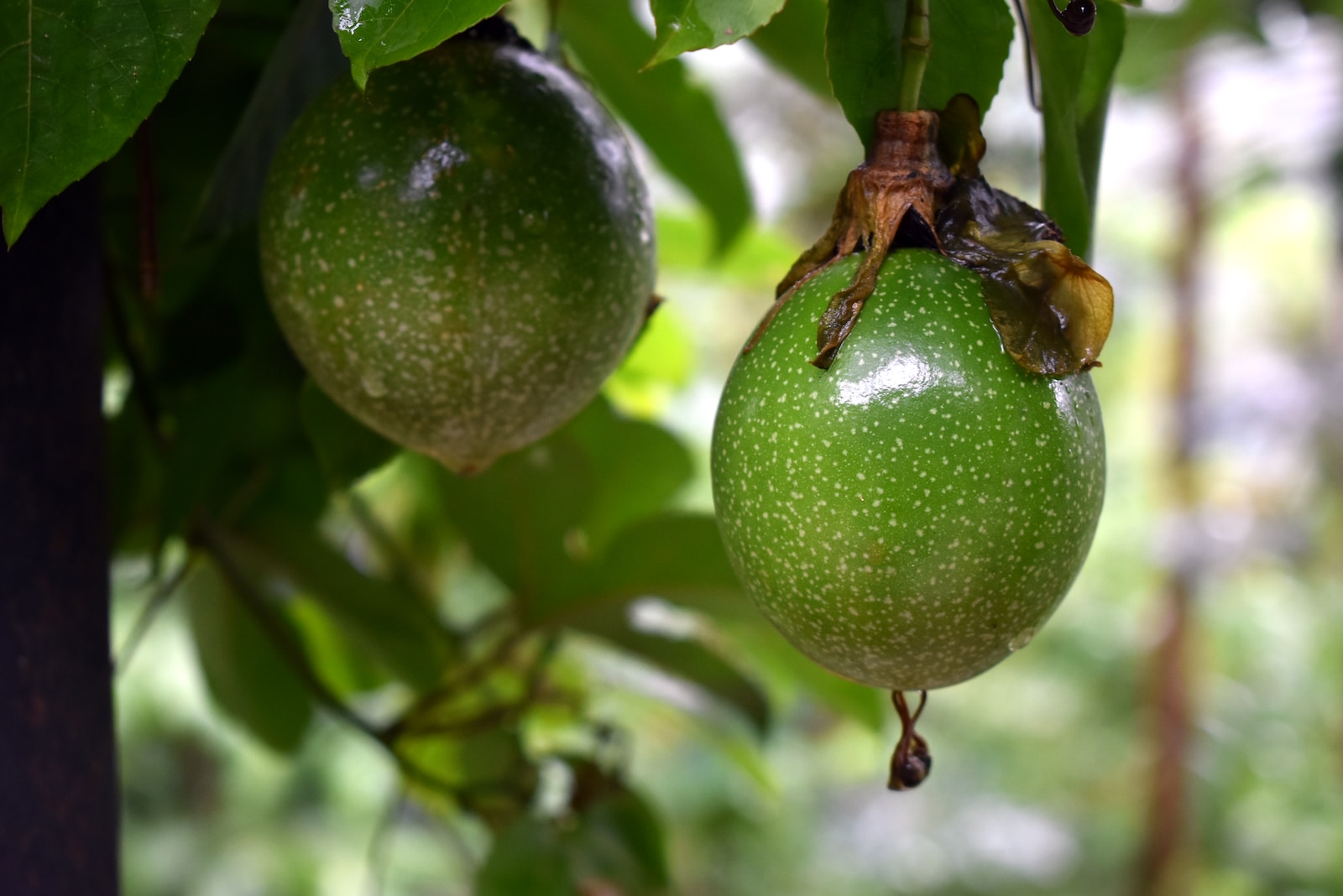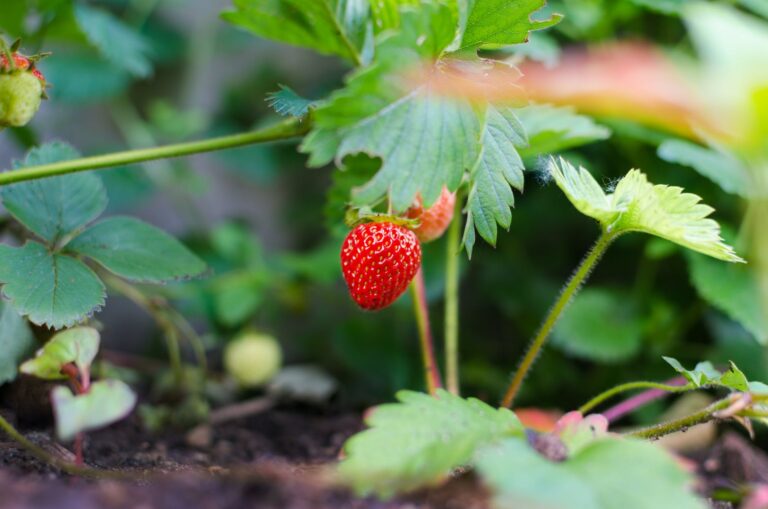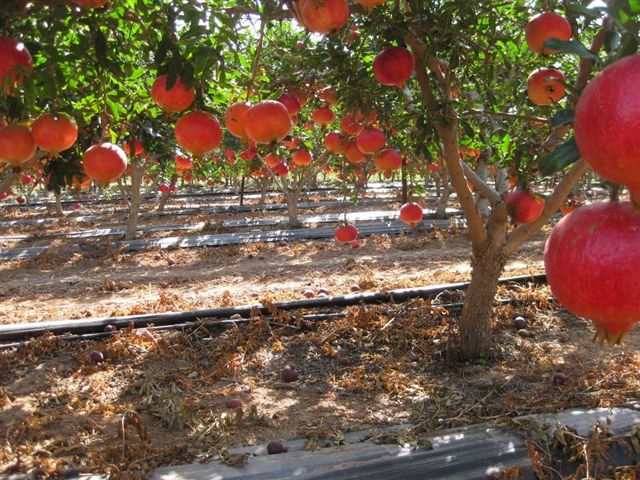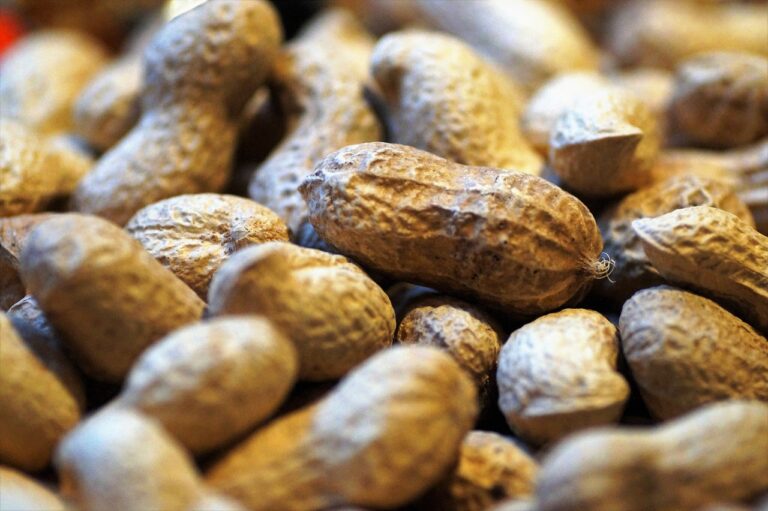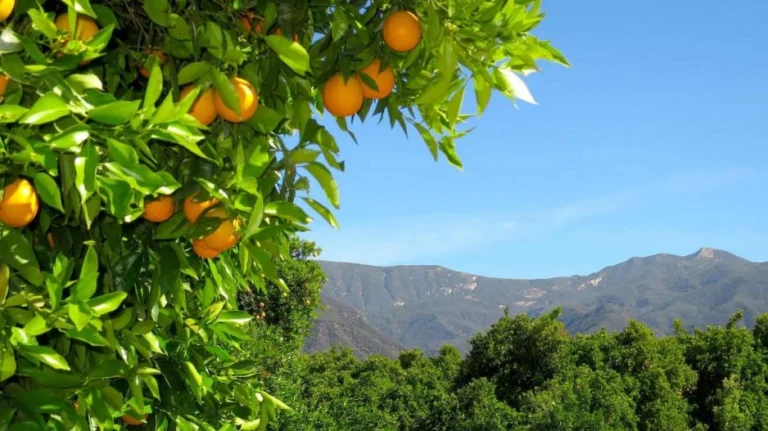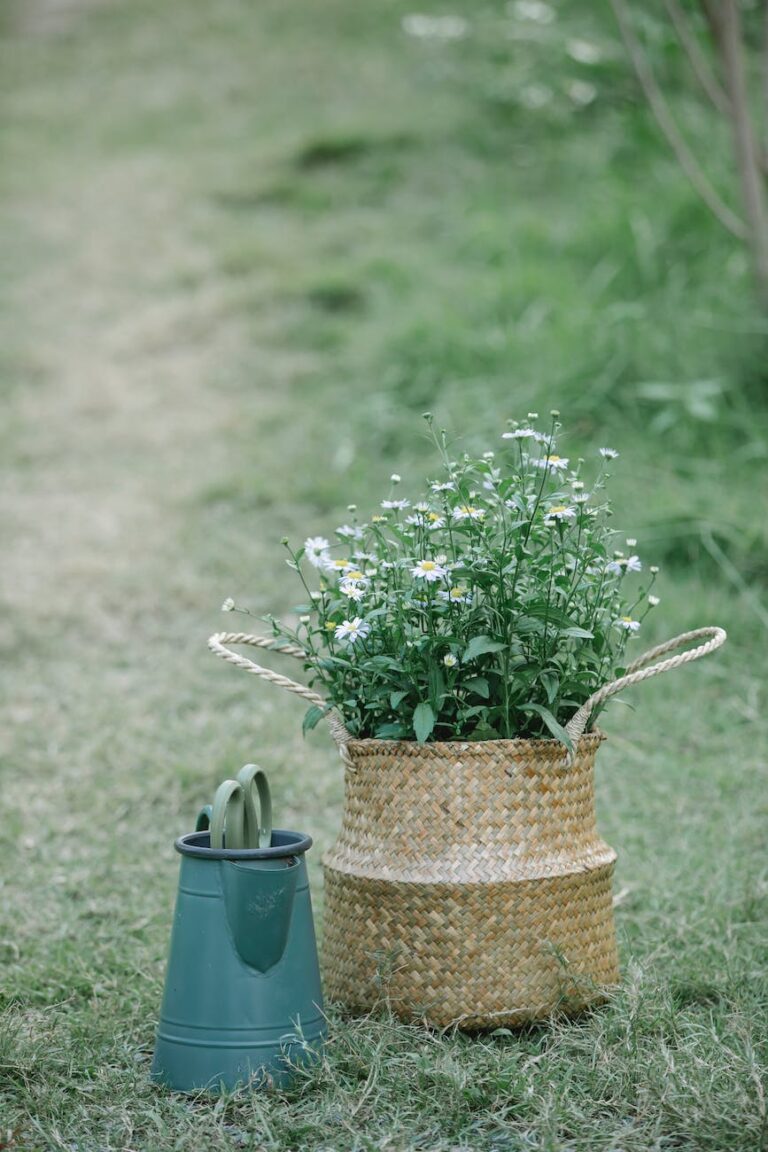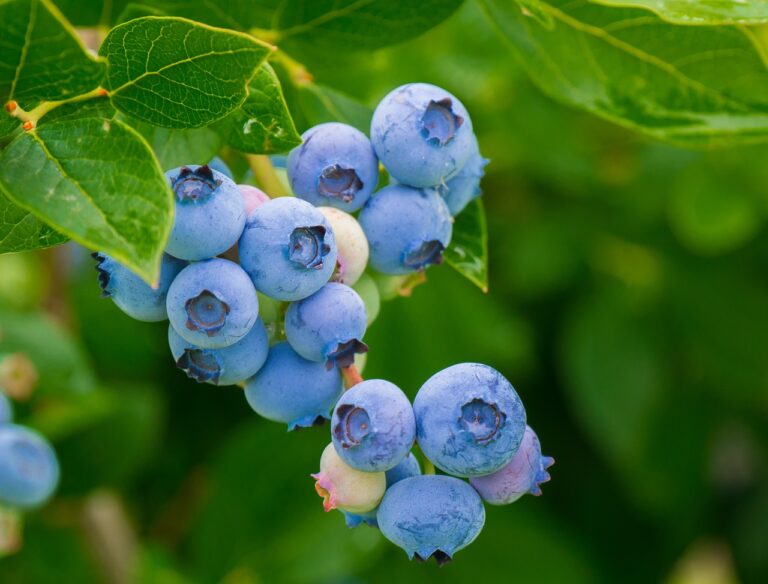Passion Fruit Farming In Kenya: A Comprehensive Guide.
Kenya’s agricultural tapestry is rich and varied, and within this mosaic, passion fruit farming has carved a notable niche for itself. The journey of passion fruit in Kenya is as intriguing as the fruit itself, with a history rooted in its indigenous origins and its evolution into a commercially significant crop.
Passion fruit, scientifically known as Passiflora edulis, traces its origins to South America. The fruit’s name stems from the distinctive flower’s resemblance to elements of the Crucifixion story: the radial filaments representing the crown of thorns, the ten petals and sepals representing the ten faithful apostles, the ovary at the flower’s center representing the hammer used in the Crucifixion, and the three stigmas representing the three nails. This intricate history and symbolism traveled with the fruit as it spread to various parts of the world, including Africa.
In Kenya, passion fruit found a conducive environment and quickly became a backyard favorite before commercial cultivation took precedence. Its journey from being a cherished garden fruit to a cornerstone of Kenya’s agricultural export market is a testament to the fruit’s adaptability and the entrepreneurial spirit of Kenyan farmers.
Benefits of Passion Fruit Farming
Passion fruit farming offers numerous benefits, making it a lucrative and rewarding venture for farmers like yourself. When it comes to passion fruit cultivation techniques, you have a variety of options to choose from. You can grow passion fruit from seeds or seedlings, and there are different trellising methods you can use to support the vines. The vines require well-drained soil and regular watering, and they thrive in warm climates with plenty of sunlight.
One of the main benefits of passion fruit farming is the high demand for the fruit. Passion fruit is known for its unique flavor and versatility in culinary applications, making it a popular choice among consumers. This high demand translates into a profitable market for passion fruit farmers, ensuring a steady income.
Another benefit of passion fruit farming is the relatively low start-up and maintenance costs. Passion fruit vines are easy to grow, and with proper care and attention, they can yield a significant harvest. Additionally, passion fruit cultivation challenges are minimal compared to other crops. While pests and diseases can be an issue, proper pest management techniques and disease prevention measures can help mitigate these challenges.

Choosing the Right Passion Fruit Variety
When selecting the appropriate variety of passion fruit for your farm, consider factors such as climate, soil conditions, and market demand.
Passion fruit varieties vary in terms of their adaptability to different climates and soil types. Some varieties thrive in cooler regions, while others are more suited for hot and humid climates. It’s important to choose a variety that can withstand the specific climate conditions of your area.
Soil conditions also play a crucial role in passion fruit cultivation. Passion fruit plants prefer well-drained soil with a pH range of 6.0 to 7.5. Different varieties have different soil requirements, so it’s essential to assess the soil composition of your farm and select a variety that’s compatible with it.
Market demand is another crucial factor to consider when choosing the right passion fruit variety. It’s important to research and understand the demand and preference for different passion fruit varieties in your target market. This will help you make an informed decision and ensure that your farm produces fruits that have a high demand and can fetch a good price.
Essential Tools and Equipment for Passion Fruit Farming
Now let’s talk about the essential tools and equipment you’ll need for successful passion fruit farming.
First, you’ll need the right tools for planting, such as shovels, rakes, and pruning shears.
Next, you’ll need equipment for irrigation, like hoses, sprinklers, and drip systems, to ensure your plants receive enough water.
Lastly, you’ll need essentials for pest control, such as insecticides and traps, to protect your passion fruit plants from harmful pests.
Tools for Planting
To ensure efficient and successful planting of passion fruit, it’s essential to have the right tools and equipment at your disposal.
When it comes to planting techniques, there are a few key tools that you should have. First and foremost, you’ll need a digging tool, such as a shovel or a hoe, to prepare the soil and create holes for planting the seeds.
Additionally, a rake can be used to level the soil and remove any debris.
As for seed selection, having a seed tray or small pots is crucial for starting the seeds indoors before transplanting them to the field.
These tools will help you streamline the planting process and increase the chances of a bountiful passion fruit harvest.
Equipment for Irrigation
Having the right equipment for irrigation is crucial in ensuring the success and productivity of your passion fruit farm. Two commonly used irrigation methods in passion fruit farming are drip irrigation and sprinkler systems. Drip irrigation involves the slow and steady release of water directly to the plant’s roots, minimizing water wastage and maximizing efficiency. On the other hand, sprinkler systems distribute water through overhead sprinklers, providing a more even coverage across the farm. To help you make an informed decision, here is a comparison of the two irrigation methods:
| Drip Irrigation | Sprinkler Systems | |
|---|---|---|
| Pros | Water efficient, minimizes evaporation | Provides uniform coverage |
| Cons | Requires careful maintenance, higher initial cost | Higher water usage, can lead to foliage diseases |
Choose the irrigation method that suits your farm’s specific needs and resources, ensuring that your passion fruit plants receive the right amount of water for optimal growth and fruit production.
Essentials for Pest Control
To effectively control pests on your passion fruit farm, you’ll need essential tools and equipment. Here are three sub-lists of must-have items for pest control:
- Sprayers: Invest in handheld sprayers or backpack sprayers for applying pesticides or natural remedies to your passion fruit plants. These tools allow for precise application and efficient coverage, ensuring effective pest control.
- Traps: Integrated pest management (IPM) techniques often involve the use of traps to monitor and control pests. Consider using pheromone traps to attract and capture specific pests like fruit flies or yellow sticky traps to catch flying insects.
- Protective gear: When handling pesticides or natural remedies, it’s crucial to prioritize your safety. Equip yourself with gloves, goggles, and a mask to protect your skin, eyes, and respiratory system from potential harm.
Soil Preparation and Planting Techniques
Proper soil preparation and effective planting techniques are essential for your successful passion fruit farming venture. Before planting, it’s crucial to conduct soil testing to determine its pH level, nutrient content, and overall health. This will help you understand the soil’s suitability for passion fruit cultivation and guide you in making any necessary amendments.
When it comes to planting depth, it’s recommended to dig a hole that’s twice the size of the root ball. Gently remove the passion fruit seedlings from their containers and place them in the hole. Ensure that the graft union is above the ground level to prevent rootstock growth. Backfill the hole with soil, firmly pressing it around the plant’s base to eliminate air pockets.
To prevent waterlogging, make sure the soil is well-drained. Incorporate organic matter, such as compost or well-rotted manure, into the soil to improve its structure and fertility. Mulching around the plants will help retain moisture, suppress weeds, and regulate soil temperature.
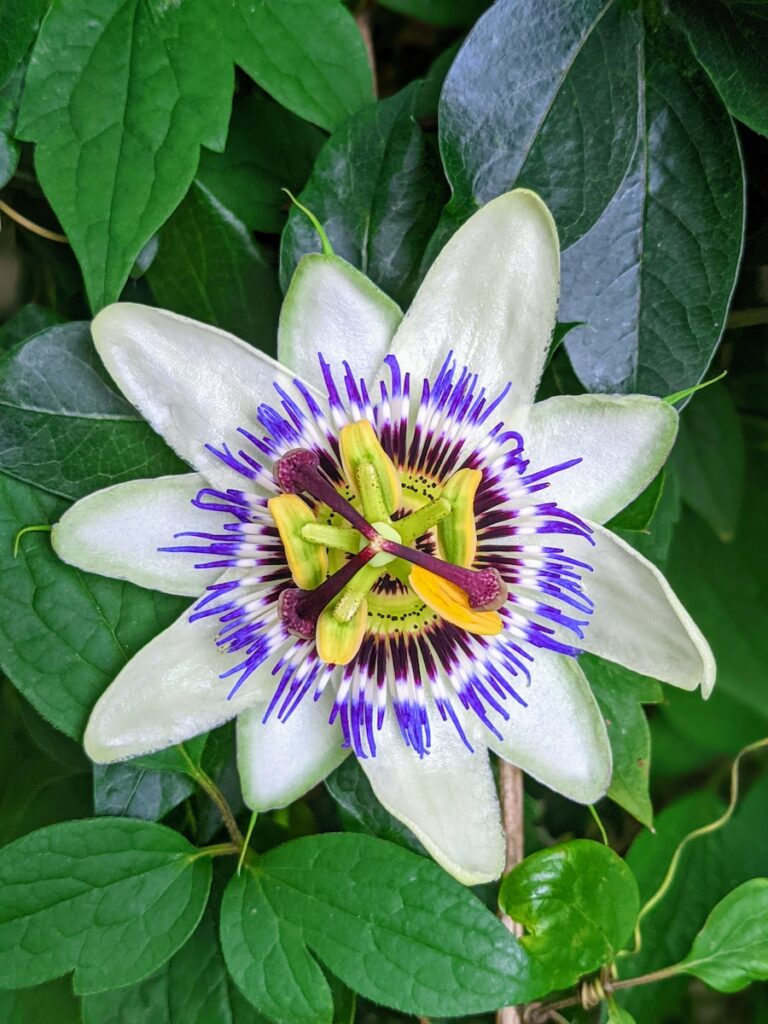
Proper Care and Maintenance of Passion Fruit Plants
To ensure healthy growth of your passion fruit plants, it’s important to regularly prune them. This helps to remove any dead or diseased branches and encourages new growth.
Additionally, implementing effective pest control methods is crucial in protecting your plants from common pests and diseases.
Lastly, proper watering and fertilization are essential for providing the necessary nutrients and moisture for your passion fruit plants to thrive.
Pruning for Healthy Growth
Pruning is crucial for ensuring the healthy growth and maintenance of passion fruit plants. Proper pruning techniques and a consistent pruning schedule can greatly benefit your plants.
Here are some key points to keep in mind:
- Timing is essential: Prune your passion fruit plants during their dormant period, which is usually in late winter or early spring. This allows the plants to recover and grow vigorously during the growing season.
- Remove dead or diseased branches: Pruning helps eliminate any dead or diseased branches, preventing the spread of pests or diseases to other parts of the plant.
- Train the vines: Pruning allows you to train the vines to grow in a controlled manner, ensuring proper air circulation and sunlight exposure.
Pest Control Methods
To effectively protect your passion fruit plants from pests, it is important to implement appropriate pest control methods alongside proper care and maintenance. One effective approach is integrated pest management (IPM), which combines various strategies to minimize pest damage while reducing reliance on chemical pesticides.
IPM involves monitoring the plants regularly for signs of pests, using organic solutions such as neem oil or insecticidal soaps, and practicing cultural controls like maintaining proper plant spacing and providing adequate nutrition. Additionally, you can attract beneficial insects like ladybugs and lacewings to your garden, as they feed on pests. Implementing these methods not only helps control pests but also promotes a healthier and more sustainable environment for your passion fruit plants.
| Pest Control Method | Benefits |
|---|---|
| Integrated Pest Management (IPM) | Minimizes pest damage and reduces reliance on chemical pesticides |
| Organic Solutions | Environmentally friendly and safe for plants and humans |
| Cultural Controls | Promotes plant health and reduces pest infestations |
| Beneficial Insects | Natural predators that feed on pests, reducing their population |
Watering and Fertilization
For optimal growth and fruit production, ensuring proper watering and fertilization is essential in caring for and maintaining your passion fruit plants. Here are some key points to consider:
- Watering: Passion fruit plants require regular and consistent watering, especially during dry periods. Using drip irrigation is highly recommended as it delivers water directly to the plant’s roots, reducing water wastage and ensuring efficient absorption.
- Fertilization: To promote healthy growth and abundant fruiting, using organic fertilizers is crucial. These fertilizers provide essential nutrients to the plants without the harmful effects of synthetic chemicals. Apply a balanced organic fertilizer every three months, focusing on nitrogen, phosphorus, and potassium levels.
- Timing: Watering should be done early in the morning or late in the evening to minimize evaporation and allow the plants to absorb water effectively. Fertilizers should be applied during the growing season and adjusted based on the plant’s needs and soil conditions.
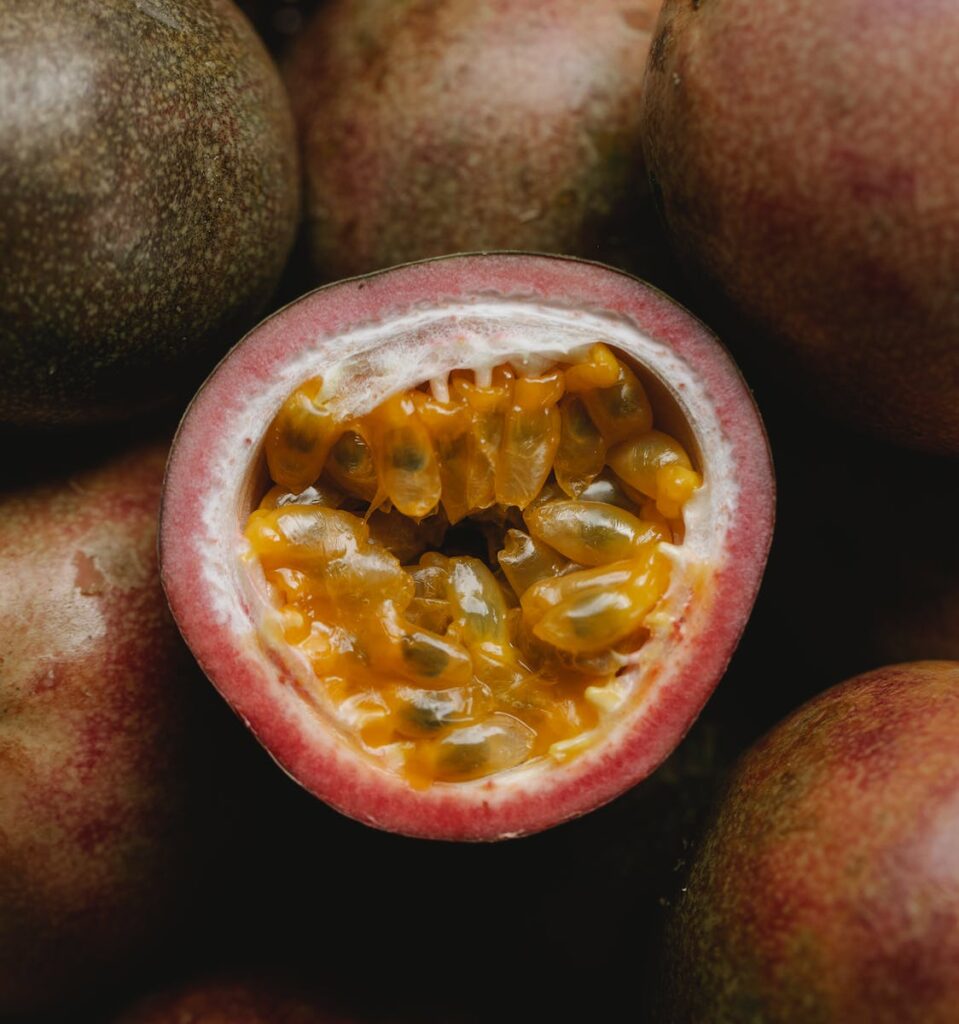
Pest and Disease Control in Passion Fruit Farming
Implementing effective pest and disease control measures is crucial for successful passion fruit farming. Integrated pest management (IPM) is a holistic approach that combines various strategies to minimize the use of chemical pesticides and promote natural remedies. By adopting IPM techniques, you can protect your passion fruit plants from pests and diseases while reducing environmental impact. Here are some key strategies you can implement:
| Pest and Disease Control Strategies | Benefits |
|---|---|
| Crop rotation and diversification | Prevents the build-up of pests and diseases specific to passion fruit |
| Biological control | Introduces natural predators or parasites to control pest populations |
| Use of resistant varieties | Select passion fruit varieties that have natural resistance to common pests and diseases |
In addition to these strategies, there are also natural remedies you can use to prevent and control pests and diseases. For example, neem oil, garlic spray, and soap solution can be effective against aphids and mites. Copper-based fungicides can help control fungal diseases like powdery mildew. Regular monitoring of your passion fruit plants is essential to detect and address any pest or disease issues early on. Remember, a healthy and well-maintained passion fruit farm is less susceptible to pest and disease outbreaks, leading to higher yields and profitability.
Effective Irrigation and Water Management
Maintaining effective irrigation and water management is essential for maximizing the growth and productivity of your passion fruit farm. By using drip irrigation techniques, you can ensure that water is delivered directly to the roots of the plants, minimizing wastage and promoting efficient water usage.
Some key benefits of drip irrigation include reduced water evaporation, prevention of weed growth, and the ability to deliver nutrients directly to the plants.
To further optimize your irrigation practices and conserve water, consider implementing the following strategies:
- Mulching: Apply a layer of organic mulch around the base of the passion fruit plants. This helps to retain moisture in the soil, reduces evaporation, and suppresses weed growth.
- Monitoring soil moisture: Regularly check the moisture levels in the soil to determine when irrigation is necessary. This can be done using a soil moisture probe or by observing the appearance of the plants.
- Rainwater harvesting: Collect rainwater using storage tanks or reservoirs. This stored water can then be used for irrigation during dry periods, reducing reliance on other water sources.
Fruit Harvesting and Post-Harvest Handling
After ensuring effective irrigation and water management, the next crucial step in passion fruit farming is mastering the art of fruit harvesting and post-harvest handling.
When it comes to fruit harvesting, it’s essential to pick the fruits at the right stage of ripeness. Passion fruits should be harvested when they’ve turned fully colored and are slightly wrinkled. This indicates that they’re ripe and ready to be picked. Gently twist the fruit off the vine, making sure not to damage the stems or the fruits themselves.
Once the fruits have been harvested, it’s important to handle them with care to ensure optimal quality and shelf life. Start by sorting the fruits to remove any damaged or diseased ones. Then, wash the fruits in clean water to remove any dirt or debris. After washing, dry the fruits thoroughly before storing or processing them.
For fruit storage, passion fruits should be kept in a cool and well-ventilated area. They can be stored in ventilated crates or baskets, ensuring that there’s enough airflow around the fruits. Avoid stacking the fruits on top of each other, as this can cause bruising and spoilage. Proper storage conditions can help extend the shelf life of passion fruits.
When it comes to fruit processing, passion fruits can be used to make a variety of products such as juice, jam, or concentrate. The fruits can be processed by extracting the pulp and separating it from the seeds. The pulp can then be used to make different products, while the seeds can be discarded or used for other purposes.
Marketing and Selling Passion Fruit Products
To successfully market and sell passion fruit products, it’s important to understand the target market and develop effective marketing strategies. Here are three key strategies to consider:
- Identify your target market: Determine who your ideal customers are and tailor your marketing efforts towards them. Consider factors such as age, location, and preferences. For example, if your target market consists of health-conscious individuals, highlight the nutritional benefits of passion fruit in your marketing materials.
- Create a strong brand: Develop a unique and memorable brand that resonates with your target market. Use eye-catching packaging and design, and create a compelling brand story that connects with consumers. This will help differentiate your passion fruit products from competitors and attract customers.
- Utilize various marketing channels: Increase the visibility of your passion fruit products by leveraging multiple marketing channels. This can include online platforms such as social media and e-commerce websites, as well as traditional methods like attending farmers’ markets or partnering with local retailers. By diversifying your marketing efforts, you can reach a wider audience and increase sales.
Conclusion
In conclusion, passion fruit farming offers numerous benefits, including a high yield and profitability.
Choosing the right variety, proper soil preparation, and effective pest and disease control are essential for successful farming.
Additionally, using the right tools and equipment, practicing proper care and maintenance, and implementing effective irrigation and water management techniques are crucial for optimal plant growth and fruit production.
By following these practices and focusing on post-harvest handling and marketing, passion fruit farmers can maximize their profits in this lucrative industry.

